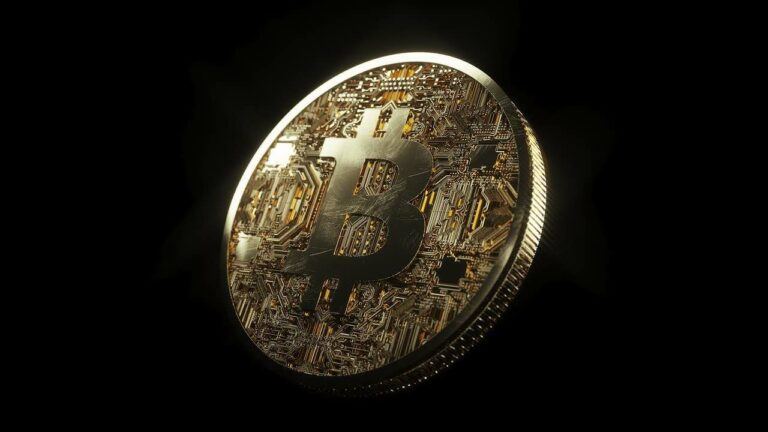Former macro hedge fund manager Raoul Pal explains in the most recent issue of the “Global Macro Investor” (GMI) newsletter why believes that Bitcoin is “a priceless reserve and collateral asset.”
Prior to founding macro economic and investment strategy research service GMI in 2005, Pal co-managed the GLG Global Macro Fund in London for global asset management firm GLG Partners (which is now called “Man GLG”). Before that, Pal worked at Goldman Sachs, where he co-managed the European hedge fund sales business in Equities and Equity Derivatives.
Also, currently, Pal is the CEO of finance and business video channel Real Vision, which he co-founded in 2014.
In the April 2020 issue of the GMI newsletter, Pal explained why he believes that Bitcoin, which he calls “the future”, could have a $10 trillion valuation in the future.
In that issue, Pal said that the idea of a $10 trillion valuation for Bitcoin is not so crazy:
“After all, it isn’t just a currency or even a store of value. It is an entire trusted, verified, secure financial and accounting system of digital value that can never be created outside of the cryptographic algorithm…
“It is nothing short of the future of our entire medium of exchange system, and of money itself and the platform on which it operates.”
In the latest of the GMI newsletter, once again, Pal talks about Bitcoin.
First, he recommends three books that help one to get a better appreciation for Bitcoin: “The Bitcoin Standard“, “The Internet of Money“, and “The Internet of Money Volume Two: A Collection of Talks by Andreas M. Antonopoulos“.
Next, Pal says that Bitcoin is “priceless” because “its core value is that it the hardest form of money ever invented.”
Something that has a finite fixed supply and is incredibly secure has true value. The fact that it is divisible, portable, transferable and exchangeable makes it potentially have more value than any other store of wealth, or any other form of money.
Next, Pal explains why in his opinion Bitcoin is such a great reserve and collateral asset:
He says that although currently government bonds (especially U.S. Treasurys) are “the current collateral for the world,” all the quantitative easing (QE) being done by central banks has resulted in devaluation of collateral over time and “abnormally” low cost of collateral (which means a never-ending debt cycle).
Pal says that Bitcoin is the “most desirable” form of collateral for two reasons:
- Since central banks cannot create as much of it as they like (unlike fiat currency), its value goes up during “collateral shortages (recessions),” which means that only the strongest creditors will have access to it, thereby allowing the business cycle to automatically eliminate the weakest creditors.
- The same blockchain technology that enables Bitcoin to exist “reduces the huge black swan risk of who owns what.”
Next, Pal points out that for Bitcoin to become a collateral asset, it just needs a yield curve, and that it is a mater of time before we will be able to “establish the time preference for Bitcoin over 30 years or more, just like bonds.”
For Pal, this is Bitcoin’s killer app:
My guess is that Bitcoin will trade at rates higher than bonds, not because of credit risk or inflation — Bitcoin suffers from neither — but because the value of that collateral is worth more due to its ‘pristinness’. Owners of Bitcoin will get rewarded for owning the best collateral. In the current system, owners of quality collateral get penalised with lower rates.
Finally, Pal says that although Bitcoin could become a form of money in the future, “with its expected future value so high, there is no incentive to spend it, only hoard it as a reserve asset that appreciates over time.”
One well-known person who finds Pal’s commentary on Bitcoin very interesting is BitMEX co-founder Arthur Hayes:
Featured Image by “SnapLaunch” via Pixabay.com
The views and opinions expressed by the author are for informational purposes only and do not constitute financial, investment, or other advice.









